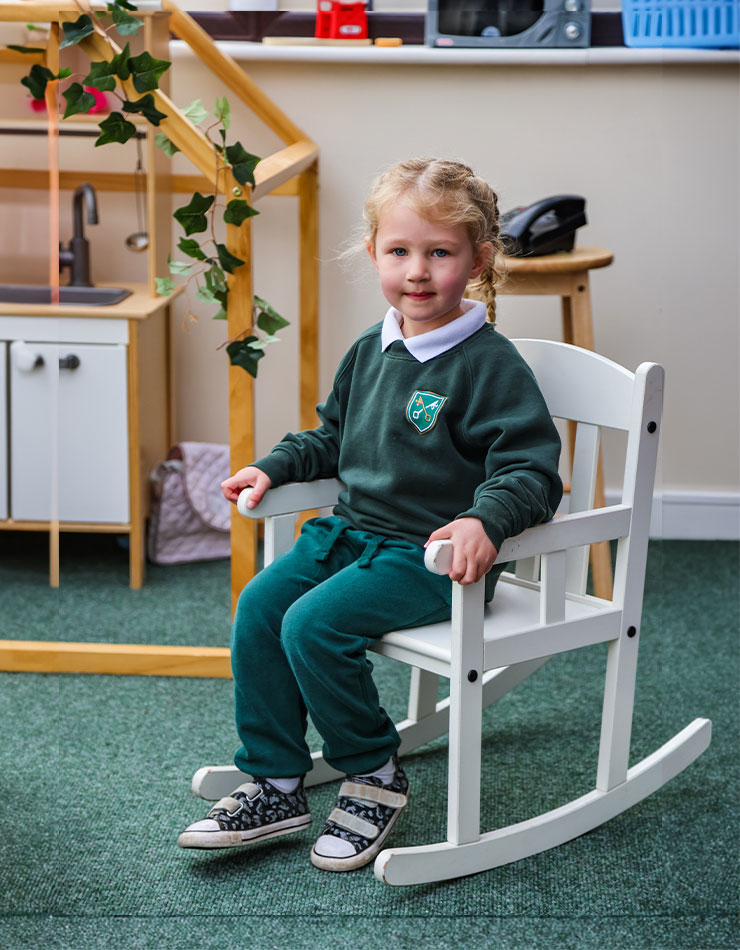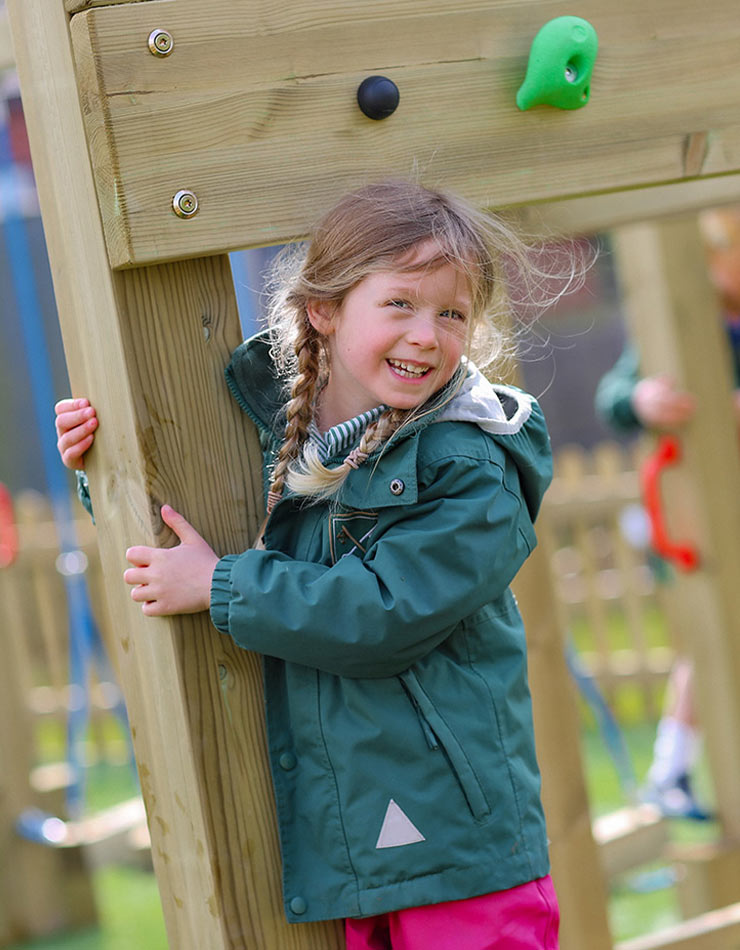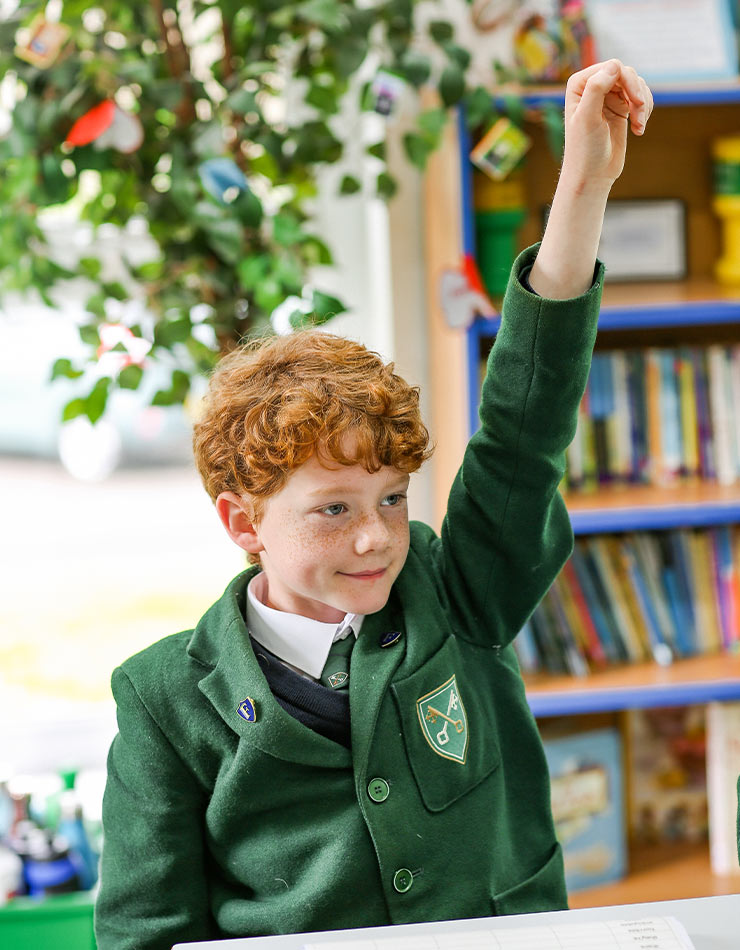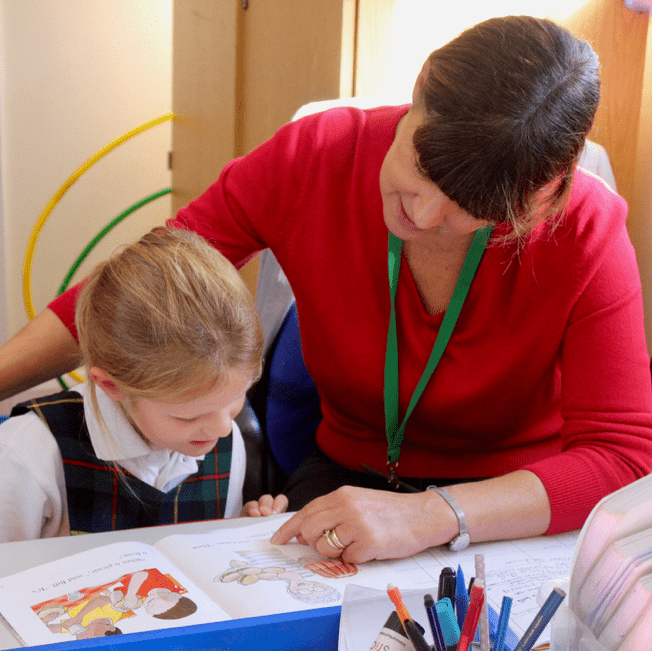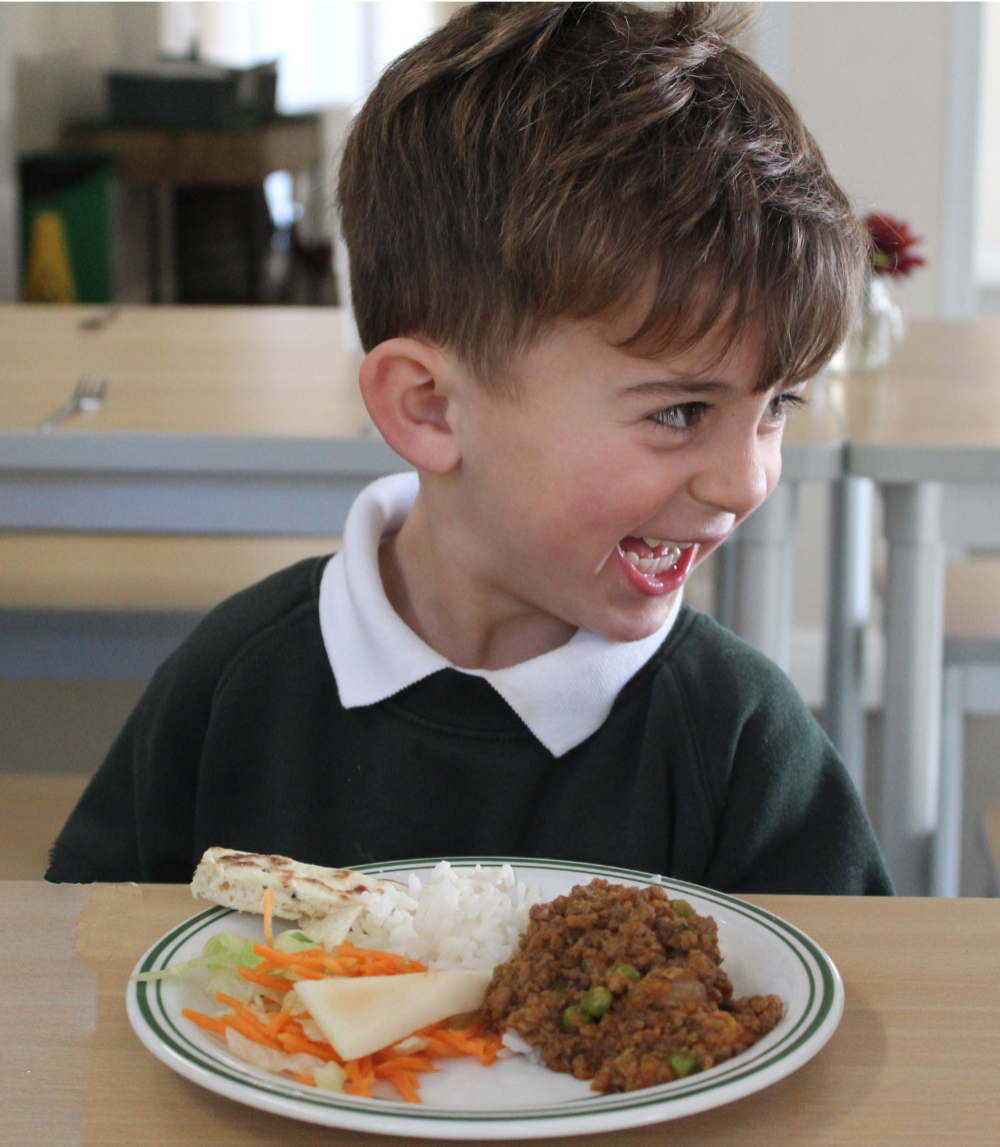As parents and teachers, we are often sought out by children in need of calming or those who are searching for comfort.
There are several reasons as to why a child can become stressed or overwhelmed and begin to show signs that they need calming or comforting.
Why Might a Child Need Comforting or Calming?
• Overwhelming demand
• Unwell
• Hurt themselves
• Difficulty in managing their emotions
• Overtired.

There are many signs of stress in children, such as crying, shouting, a change in eating habits or an upset stomach that can all indicate that a child is in need of comfort.
We’ve looked at techniques that you can refer to when your child is in a state of distress and has approached you for comfort.
Speak Slowly and Calmly
A difficult situation can often be worsened by a particular reaction. By maintaining slow speech, and a calm tone, you are signifying to the child that the situation is under control. Speech that is frantic, rushed or in a higher pitch can often heighten the intensity of a situation.
Being aware of how you’re talking to the child can be the first step in helping to restore their calm.
Maintain eye-contact
As children are, in most cases, much shorter than adults, paying attention to eye-contact and moving your body to enable them to clearly see your expression and eyes is important.
Lower yourself so that you are at their level, rather than towering over them. This body movement shows you that they have your full attention, and that you want to engage with them during their time of need.
Try to keep your eye-contact consistent as this will reassure them that their feelings of upset or hurt are justified.
By continually looking away, you can indicate to the child that you are disinterested which can in some cases, worsen how they are feeling.
Be patient
Often when a child is overwhelmed, they can find it difficult to articulate why they are feeling a particular way. Their words fail them, their emotions take hold, and they display signs of stress by crying or screaming.
Although these reactions can at times, be tiresome and frustrating, it’s essential to be patient and remain calm.
One of the best things you can do, is set an example of how to react and maintain your reaction when you’re faced with a difficult situation.
They’re likely to mirror your emotions and reaction. If your child can sense you’re becoming impatient with them, it will increase their sense of unease, which will, in turn, worsen the situation.

Avoid overly reassuring them
It might be instinctive to use phrases such as ‘everything will be okay’ or ‘there’s nothing the matter’, but, in some cases, they can have the opposite effect, especially if they’re repeatedly used in situations where it isn’t true.
There will be times when things go wrong, can’t be fixed or you’re faced with a situation that cannot be easily resolved. When presented with a drastic change, the ability to adapt is required, rather than a sense that the situation will be restored to how it previously was.
Begin a Conversation
For many children, comfort can be found when someone engages and encourages conversation. It allows them the opportunity to express what it is that is overwhelming them. As well as this, it can show that you consider their feelings to be valid, which, in turn, can give them more confidence and control of the situation.
Prioritise one-to-one time, and actively listen to what they are saying. Try not to discount what they’ve told you and avoid saying phrases such as ‘calm down’, ‘it’s okay’ or ‘it doesn’t matter’, as these can demonstrate to them, that you don’t consider their reaction to be appropriate.
Teach them Techniques of Self-Calming
As children develop, they will face situations where their caregiver, or the person they seek for comfort, cannot manage or guide them through.
In this situation, one of the best things you can do, is to provide them with methods of coping and techniques they can use to help them navigate the situation they are in.

Calming Techniques:
• Exercise
• Meditation
• Breathing
• Acknowledgement of emotions and response
• Visualise a calming place or situation
• Add perspective
• Change focus.
Do you have any go-to techniques for helping to bring calm and comfort to your child?
Share them with us via our social media channels – as an independent preschool in Devon, we love hearing and sharing alternative ideas!
Helping us as teachers, parents and caregivers, offer the best-possible environment where children can flourish.

